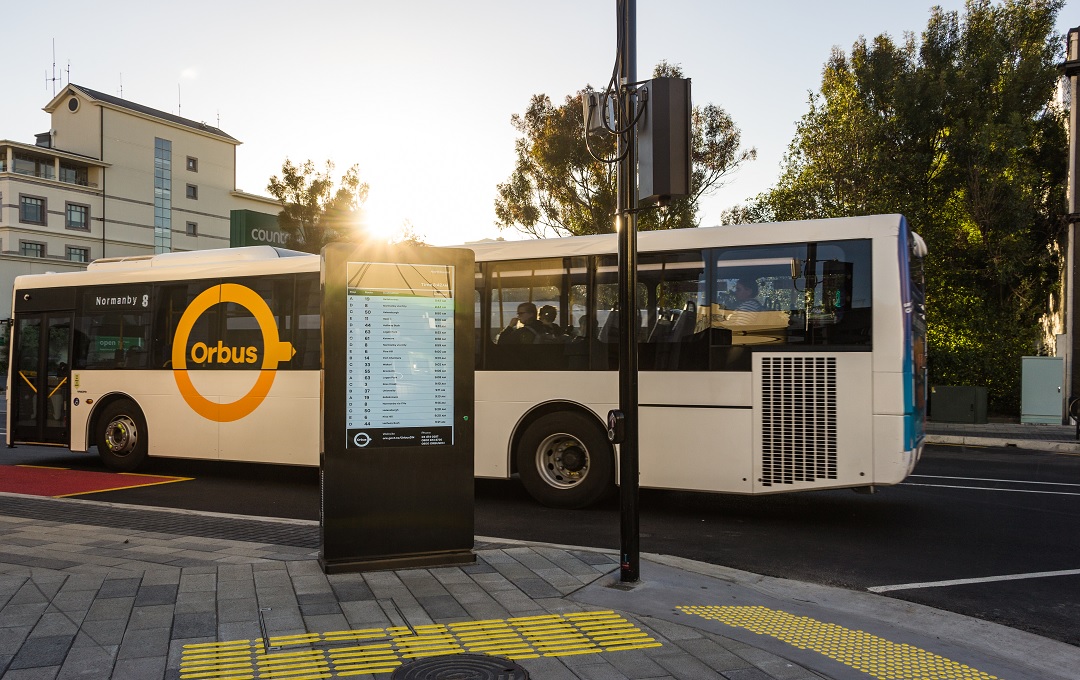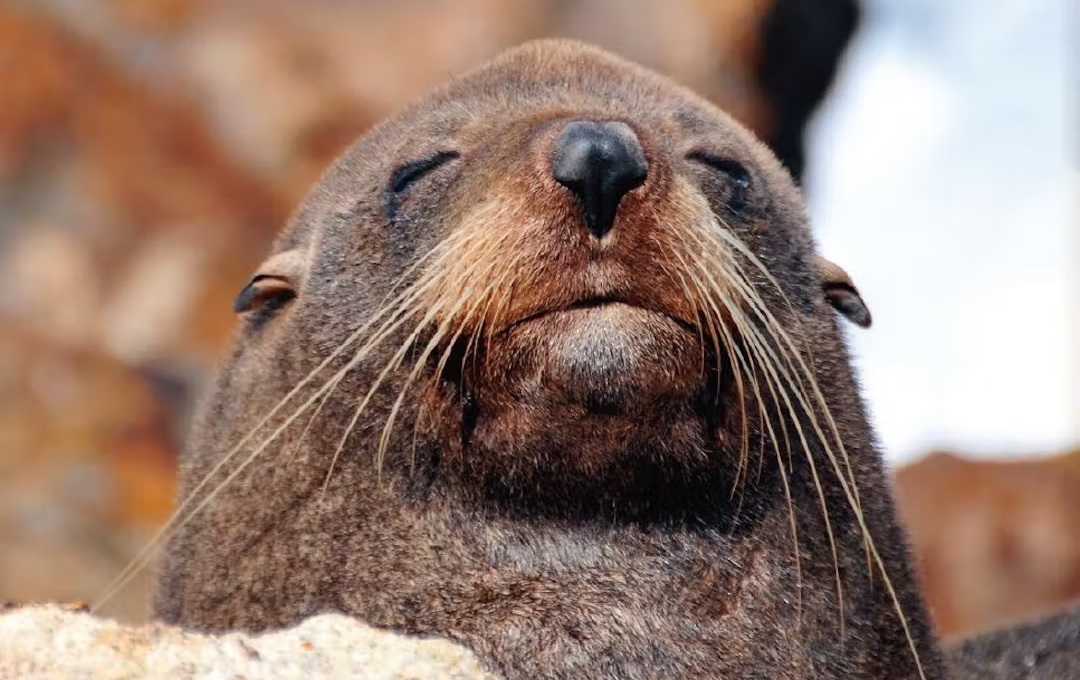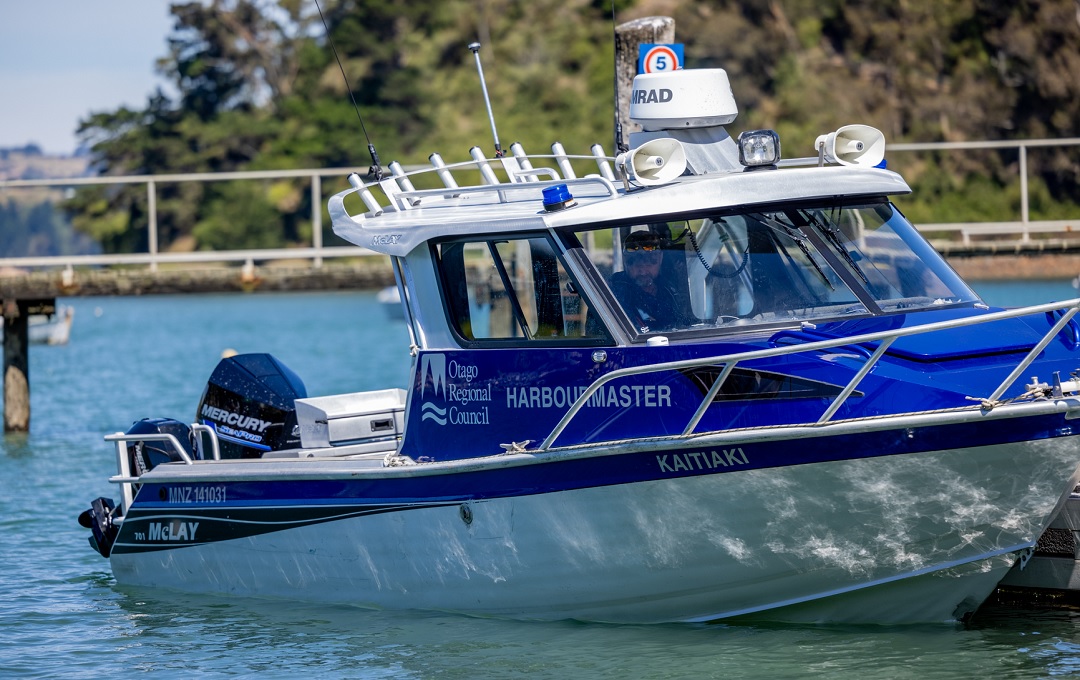Your rates explained
Jump to:
Transport
Environment
Regional Leadership
Safety and Resilience
Transport
Transport includes the following activities:
Public transport Dunedin and Queenstown
This work programme covers the operation of the public transport service in Dunedin and Queenstown, as well as the ‘Total Mobility’ scheme. Operators are contracted by the ORC to provide bus services in Dunedin, bus and ferry services in Queenstown, and to provide the Total Mobility scheme across the region. Orbus, our public transport network, is our largest work programme.
Regional land transport plan
ORC’s regional land transport plan is developed every six years, with a review after 3 years of operation. A new plan was completed for the period 2021-2031. It outlines proposed transport network improvements for the next six years. This time, it includes improvements such as electric buses, a dedicated Mosgiel bus route, and plans for a ‘park and ride’ option.


Environment
Environment includes the following activities:
Land and water
Freshwater is frequently used domestically for agriculture and electricity. Most of Otago’s rivers and lakes are swimmable, and many recreational activities dependent on these, so it's important to make sure we look after the health of our region’s water bodies. Kāi Tahu also believe that when the natural environment is strong and healthy, so too are the people and their mana.
We are continuously assessing and monitoring the health of Otago’s fresh and coastal water and investigating risks and issues likely to affect them. We support sustainable land management practices and environmental initiatives that enhance our region’s water bodies and coast.
Air
ORC monitors air quality and pollutant emissions in several ways, as well as their sources. Monitoring stations have been installed across the region to record emissions.
In Otago, our biggest problem is particulate matter, PM10 and PM2.5. Particulate matter is harmful to human health when inhaled and contributes to causing and exacerbating respiratory and cardio-vascular illnesses. The most vulnerable groups are young children, elderly people, pregnant women, and those with pre-existing conditions.
Air pollution in Otago is mostly driven by emissions from home heating, home insulation and ventilation, and is mostly observed in winter.
Biodiversity and biosecurity
As a result of both past and current human activities, there are some very real threats to our region’s biodiversity including invasive species (both weeds and predators), vegetation clearing, poor water quality (nutrient and sediment pollution), and dredging and overfishing among others. Climate change adds further risks to this list.
To combat this decline, ORC lead and facilitate collaboration on a number of biodiversity programmes and initiatives in the region. We lead pest and biosecurity management and promote and support initiatives with communities and farmers to protect and enhance Otago’s biodiversity and ecosystems.



Regional Leadership
Regional Leadership includes the following activities:
Governance and engagement
This includes our partnership with Kāi Tahu and iwi liaison work to support Otago’s elected regional council representatives in completing their duties. We also connect them with the community and offer advice and information to assist with direction setting and decision-makers.
Regional planning
We provide a framework and advice for leadership and activities regarding resource management legislation and associated national direction. This is the Regional Policy Statement (RPS), which is a critical component of regional planning as it sits across the various plans that the ORC has developed under the Resource Management Act. These include water (freshwater, land and coast), air and waste.
We also work with our partners including the Dunedin City Council and Otago’s district councils to implement our RPS.
Regulatory
As a regulatory authority we provide services to ensure that activities in Otago are consistent with both national and regional rules. Our regulatory work includes:
- Consent processing
- Compliance monitoring of consents and permitted activities
- Incident response, investigations, and enforcement
- Harbours and waterway management



Safety and resilience
Safety and resilience include the following activities:
Natural hazards and climate change
The Otago region is exposed to a wide variety of natural hazards which impact on people, property, infrastructure and the wider environment. These range from coastal erosion and flooding in lowland coastal areas to landslips, rock falls, and river and lake flooding in alpine areas. We need to consider these, their interactions, as well as the risk and uncertainty caused by climate change.
For this reason, the ORC actively shares information and provides warnings about natural hazards and climate change. We also engage with people, communities, iwi partners, and other stakeholders to develop partnerships and implement projects that address natural hazards, adaptation to climate change and increase awareness and understanding.
Flood protection, drainage, and river management
There are seven flood protection and drainage schemes throughout Otago operated and maintained by the ORC. Flood protection schemes aim to protect people and property from flood events while drainage schemes are intended to maintain the productive capability of land on an ongoing basis, within the limitation of the flood protection schemes.
This activity also includes core functions such as: maintenance, renewal and development of infrastructure, and maintenance of river and stream channel capacity and stability.
Emergency management
Emergency management is provided in partnership with councils, emergency response organisations and other stakeholders of the Otago region. This activity is responsible for the co-ordination of hazard reduction, readiness, response and recovery for emergency events.













